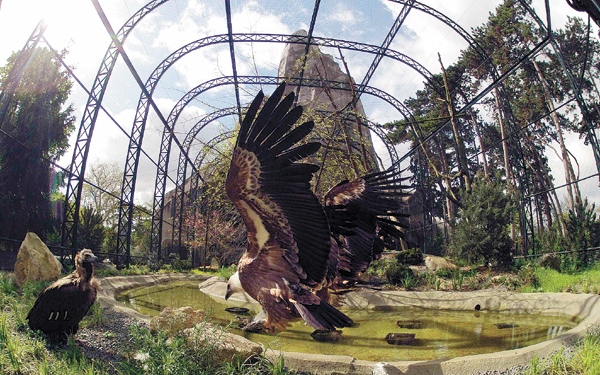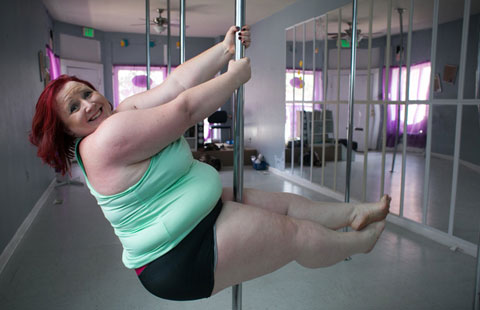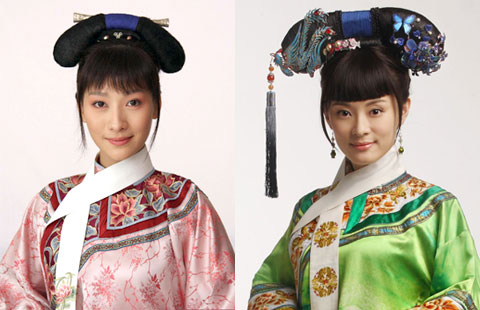
 |
|
A vulture enclosure is among the updates from a six-year renovation of the Paris Zoological Park in the Bois de Vincennes in Paris. Inaugurated in 1934, the zoo will reopen on Saturday. Charles Platiau / Reuters |
Paris to unveil new stress-free, biodiverse enclosures following $234m renovation
Paris Zoo reopens on Saturday after a six-year revamp to shed its image as a traditional city zoo and to change the way in which humans see wild animals.
It is no longer a place in which to simply gawp at animals because they are weird, exotic or dangerous. The zoo now features an environment designed to appreciate the creatures' uniqueness in bigger, less crowded and more nature-mimicking enclosures.
"We've invented a new zoo, whose concept is different from 20th-century ones, where animals were exhibited as if they were in some amusement park," said Thomas Grenon, head of the National Museum of Natural History, which manages the Vincennes Zoo.
"This is a 21st-century zoo, which will show biodiversity and talk about it, and where the animals will live together as they do in their natural environment" - as far as is practical, of course.
No zoo - especially in a city - can fully replicate savannah or Antarctic conditions. But the new Zoo de Vincennes, after a makeover that cost 170 million euros ($234 million), says it will house animals in conditions that are as natural and stress-free as possible.
In one of the most ambitious projects ever undertaken by an urban zoo, it has created five "biozones", with replica habitats for tropics, forests and grasslands in South America, Africa and Europe.
Star treatment
Its pride and joy is a rainforest, set in a huge greenhouse 100 meters long, 16m high and 40m wide, with tropical birds.
Visitors will walk along the edge of the "biozones" on a path, but whether they see any animals will be up to the creatures themselves.
"We've put an end to the old ways of pushing animals out to the edges of their enclosures to entertain the public," zoo veterinarian Alexis Lecu said, explaining that the animals will have hideouts into which they can retreat if they prefer.
The zoo, in Vincennes Park on the eastern edge of Paris, was a hallowed venue for much of the 20th century.
Known for a 65-meter mountain of concrete, at the foot of which baboons used to scamper for food, the zoo was a favored destination for school pupils, courting couples and families.
It was closed in 2008 as the wear and tear of seven decades started to show, and its animals were sent to other zoos for a long holiday.
The 1,000 animals at the new zoo make for almost half the total that were put on show when the venue first opened in 1934.
Now, the range is different, with animals selected to show a broader, if less cuddly, slice of nature.
"There are the photogenic favorites - lions, giraffes and rhinos - which everyone associates with zoos, but there are also less visible species, like anteaters and wolverines, for which you will need patience to see, Lecu said.
Some animals not included
Elephants and bears are no longer part of the lineup. The new thinking is that it would be unkind to include such animals in the confines of a city zoo.
The monkey enclosure is 8 meters high and filled with trees, a vital feature for these animals. The spacious wolf enclosure has secret areas for food to be hidden - helping to ease the boredom of animals geared to hunt - and the lions have a heated rock on which to lounge, an important creature comfort of the savannah.
All of the animals - including 74 species of birds, 42 species of mammals, reptiles, amphibians and fish - have been bred in captivity.
Many, such as the white rhino, jaguar and oryx gazelle (a large antelope from southeastern Africa) are endangered and are swapped with other zoos to spread genetic diversity.
Geographer Jean Estebanez, a specialist in "humanimal" relationships, said the makeover reflects a change in perception that dates back roughly half a century to when conservationists lobbied for animals to be seen not as a resource but as fellow species.
"The tendency in modern zoos is not to show animals hauled out of a different environment, but to place us in the different environment itself," he said.
Agence France-Presse








